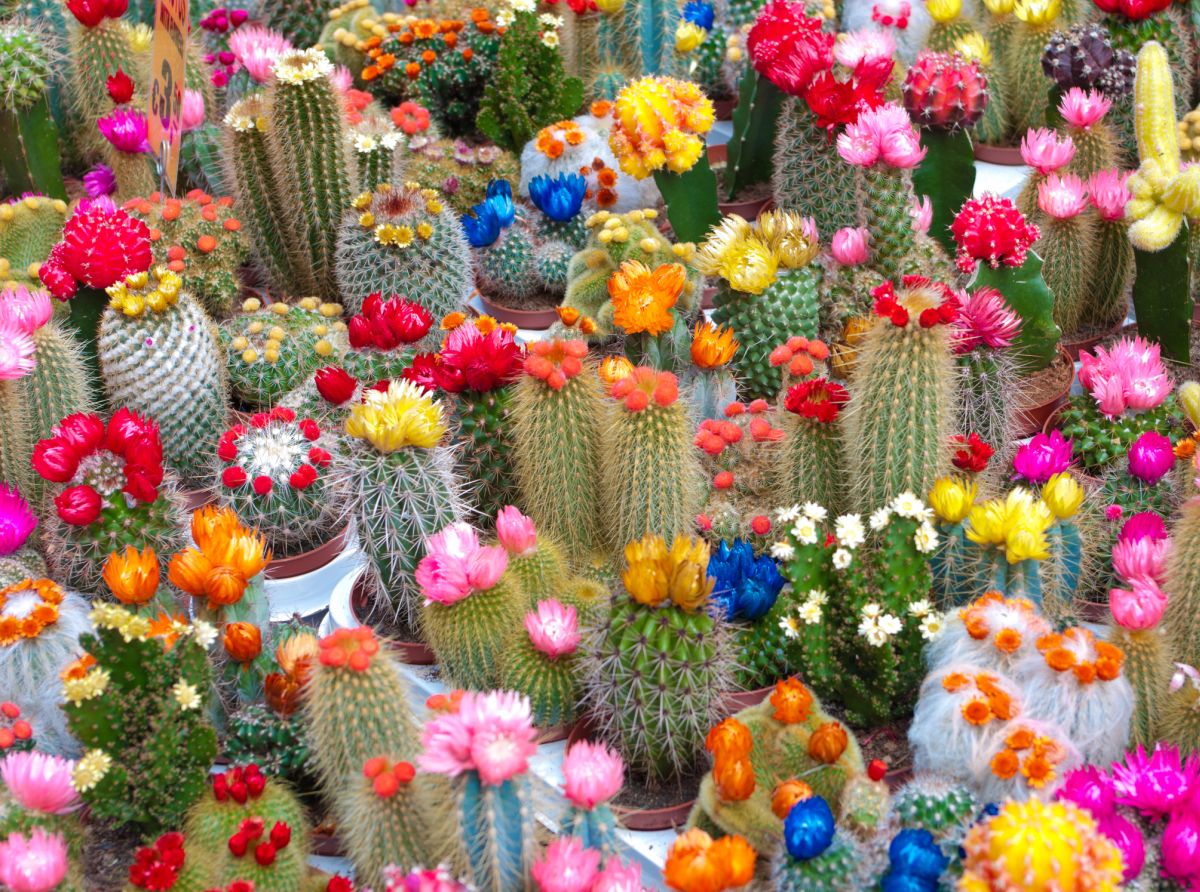Cactus plants are often celebrated for their resilience and unique shapes, but many enthusiasts and novices alike may not realize that numerous varieties boast vibrant and captivating blooms. A cactus with a flower is not just a delightful spectacle; it also represents the culmination of a plant’s life cycle and its adaptation to the arid environments it so often inhabits. This article explores the different varieties of flowering cacti, the conditions they require, and the stunning aesthetics they can provide in homes and gardens.
Understanding the Anatomy of Cactus Flowers
The anatomy of cactus flowers is a fascinating aspect of botany. Unlike many traditional flowering plants, a cactus bloom tends to be more ephemeral, with many species unveiling their flowers for only a brief period. Typically, these blooms emerge from the areoles—specialized structures from which spines and flowers arise. The flowers can vary immensely in size, shape, and color depending on the species, ranging from the delicate petals of Lobivia to the grand blossoms of the Saguaro.
One of the most notable features of cactus flowers is their reproductive strategy. Many cactus species are designed to attract nocturnal pollinators such as bats or moths, utilizing bright colors and intoxicating fragrances. Others rely on diurnal pollinators, such as bees and butterflies. This variety in pollination strategies adds to the complexity and beauty of the cactus ecosystem.
Types of Flowering Cacti: A Colorful Collection
Flowering cacti come in myriad forms, each showcasing a unique display of colors and shapes. Below are some of the most prominent types that capture the imaginations of plant lovers around the globe.
The Christmas Cactus (Schlumbergera)
This popular houseplant is renowned for its spectacular blooms that often appear in late fall or early winter, coinciding with the holiday season. Unlike traditional desert cacti, the Christmas cactus hails from the tropical rainforests of Brazil. Its flowers are not only stunning but also display an array of hues, including pink, red, and white. Moreover, it is notable for its flat, segmented stems, making it easy to propagate through cuttings.
The Easter Cactus (Hatiora)
Another captivating seasonal bloomer, the Easter cactus, flourishes during the spring months. It features vibrant flowers that bloom directly from its segments, resembling the blossoms of its Christmas counterpart but typically in brighter, more vivid colors. Both the Easter and Christmas cacti thrive in similar conditions, requiring moderate light and consistent moisture, making them excellent candidates for indoor gardening.
The Saguaro Cactus (Carnegiea gigantea)
Symbolic of the American Southwest, the Saguaro is an iconic cactus species that produces magnificent white flowers. These blossoms bloom primarily at night and close by midday. The flowers of the Saguaro are integral to local wildlife, as they provide nourishment to bees and other pollinators. Additionally, the Saguaro is a protected species, emphasizing the importance of conservation in preserving these stunning plants.
The Barrel Cactus (Ferocactus)
With its robust round shape and formidable spines, the Barrel cactus may initially appear uninviting; however, it rewards patience with striking blooms that emerge late in spring or early summer. These flowers range from vibrant yellow to fiery red and often feature a large, tubular structure that attracts a variety of pollinators. Barrel cacti typically thrive in full sunlight and well-draining soil, making them ideal for outdoor gardens.
Creating the Perfect Environment for Cactus Blooms
To witness the enchanting beauty of cactus flowers, providing the right environment is crucial. Understanding the natural habitat of cacti can significantly enhance your success in cultivating these stunning plants. Here are essential factors to consider:
Light Requirements
Most flowering cacti thrive with abundant sunlight. A minimum of six hours of bright, direct light is preferable. South-facing windows are often ideal for indoor cacti, while outdoor cacti should be positioned in sites that receive full sun. However, care should be taken to gradually acclimate indoor cacti to increased light exposure to avoid sunburn.
Watering and Humidity Preferences
While cacti are known for their drought-resistant characteristics, adequate watering is vital during the blooming season. Cacti should be watered thoroughly, allowing the soil to dry out completely between waterings. Overwatering can be detrimental, leading to root rot. Humidity levels should remain low, as high moisture can encourage fungal diseases.
Temperature Considerations
Temperature fluctuations can also impact flowering. While most cacti prefer warmer climates during the growing season, many species benefit from a cooler rest period during dormancy. Night temperatures that drop below 50°F (10°C) during the growing season can encourage flowering. Understanding the temperature preferences of individual species will facilitate optimal growth.
Conclusion: The Captivating Allure of Flowering Cacti
Flowering cacti offer an extensive range of unique visual experiences, each with its own botanical complexities and environmental needs. From the holiday blooms of the Christmas cactus to the majestic flowers of the Saguaro, these plants are as diverse as they are resilient. Creating the perfect environment fosters vibrant blooms, which not only beautify our homes but also enrich our understanding of nature’s intricate tapestry.
In sum, the cactus with a flower is a testament to the wonders of adaptability and beauty in the plant kingdom. Embracing these fascinating plants can lead to a deeper appreciation of the diversity and resilience of life on earth.





Leave a Comment